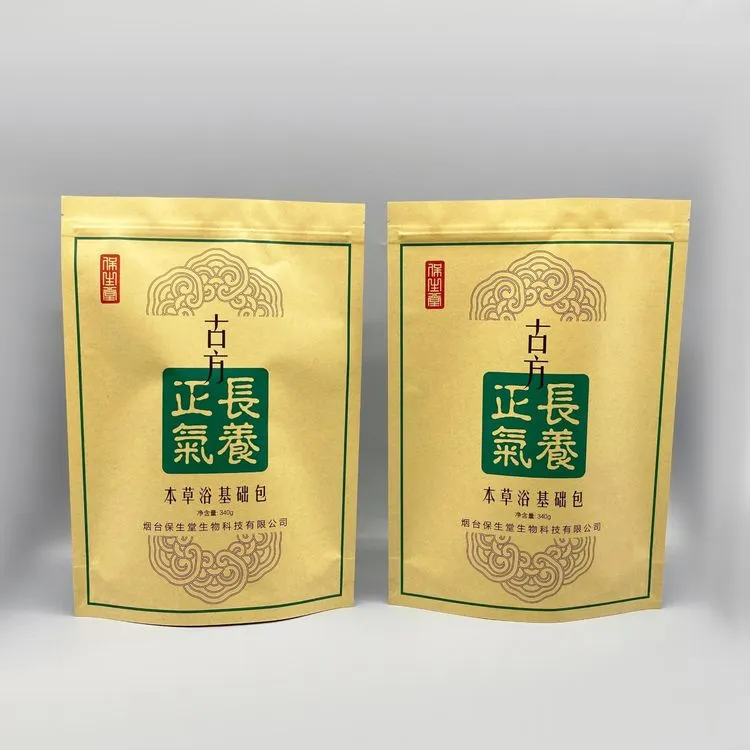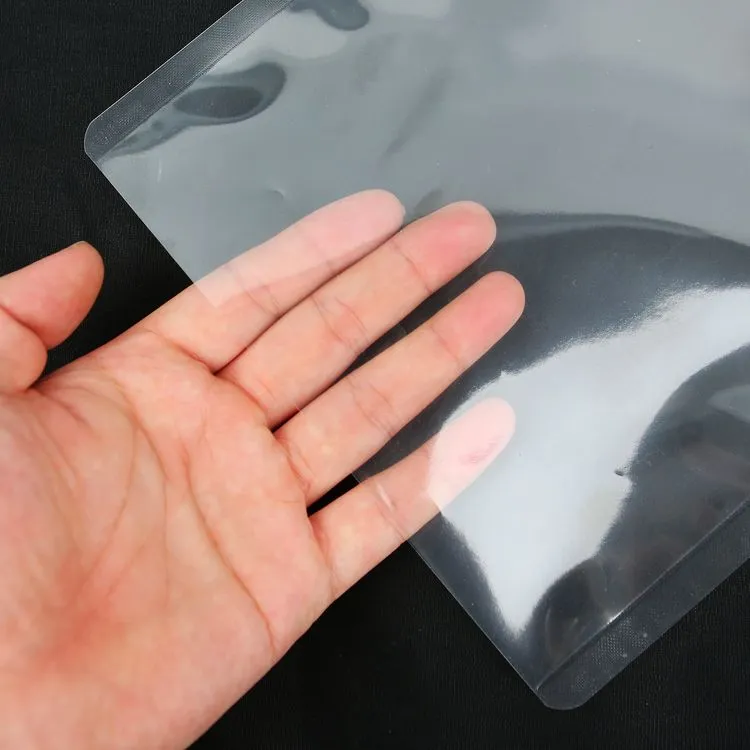Wet food packaging plays a crucial role in preserving the quality and safety of food products. With the rise of convenience foods and the increasing demand for fresh, nutritious meals, the wet food packaging industry has witnessed substantial advancements. As experts in the field, businesses can leverage their knowledge and expertise to optimize their product offerings and stand out in a saturated market.

One of the essential elements in wet food packaging is the selection of materials. High-quality materials such as aluminum, PET, and laminated films are often chosen for their barrier properties. These materials not only extend the product's shelf life but also protect it from external factors like moisture, air, and contaminants. Companies must ensure that their chosen materials comply with food safety regulations and standards, enhancing trustworthiness with consumers. By conducting rigorous tests and certifications, brands can assert their authority and reliability in the eyes of consumers.
In terms of design, innovative packaging solutions are increasingly being adopted to meet consumer demands for sustainability and convenience. Resealable closures, for example, offer ease of use and help maintain product freshness, addressing the consumer's desire for practicality. Additionally, sustainable packaging options such as biodegradable or recyclable materials not only appeal to environmentally-conscious consumers but also demonstrate the company's commitment to responsible practices. This commitment can elevate a brand's image, fostering a deeper connection with its audience.

Expertise in understanding the dynamics of different food types is imperative. For instance, the packaging requirements for soups and stews differ from those for pet foods due to varying consistency and preservation needs. Wet food packaging must accommodate the specific requirements of each product type, including considerations for thermal processing and shelf stability. Such intricate knowledge highlights an organization's competence in delivering tailored solutions that cater to diverse product lines.
wet food packaging
Moreover, businesses can enhance their authority by investing in research and development. Continuously exploring new technologies in packaging, such as intelligent or active packaging, can yield competitive advantages. Intelligent packaging, which monitors the product's condition through indicators of freshness, brings a sophisticated level of consumer engagement. Active packaging that interacts with the food elements can further extend the freshness period and improve safety, underlining the company’s expertise in cutting-edge solutions.
Building consumer trust is another pillar of successful wet food packaging. Labels and packaging require transparency, providing clear information on ingredients, nutrition facts, and usage instructions. Including certifications, such as FDA approval or ISO standards, can further validate claims and reassure consumers about the product’s safety and quality. Adequate labeling ensures that consumers are well-informed, reducing ambiguity and reinforcing confidence in the brand.
Ultimately, the wet food packaging industry thrives on aligning expertise with evolving consumer preferences. Those in the field must remain vigilant about trends and technological advancements, ensuring that they provide not only functional but also innovative and plausible solutions. A strong emphasis on the four pillars of Experience, Expertise, Authoritativeness, and Trustworthiness can solidify a brand's standing, making it a leader in the dynamic landscape of wet food packaging.
Therefore, to achieve a distinctive presence, companies should prioritize quality materials, innovative designs, compliance with safety standards, and transparency in communication. By doing so, they will not only meet but exceed consumer expectations, building a legacy of trust and credibility in the competitive market of wet food packaging.